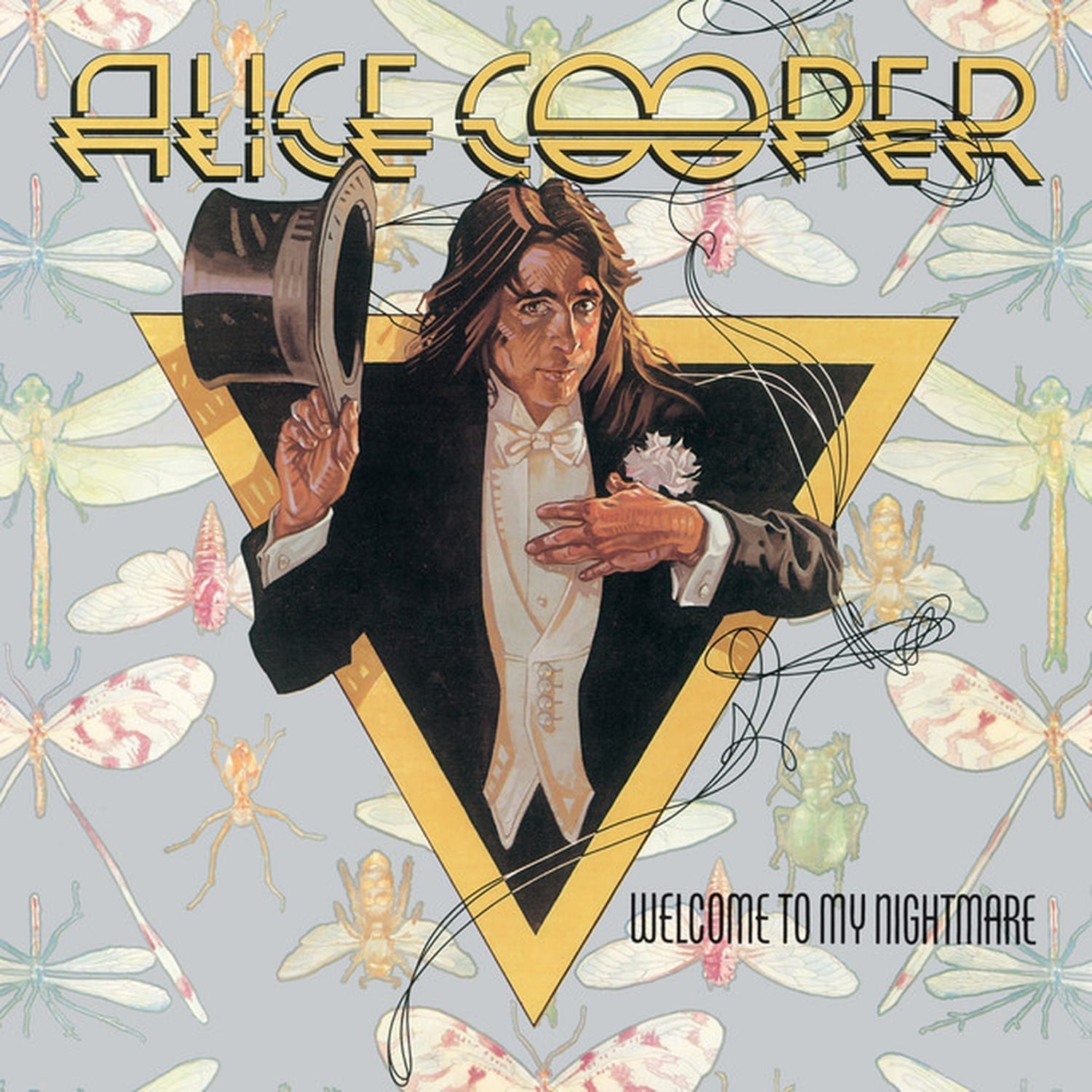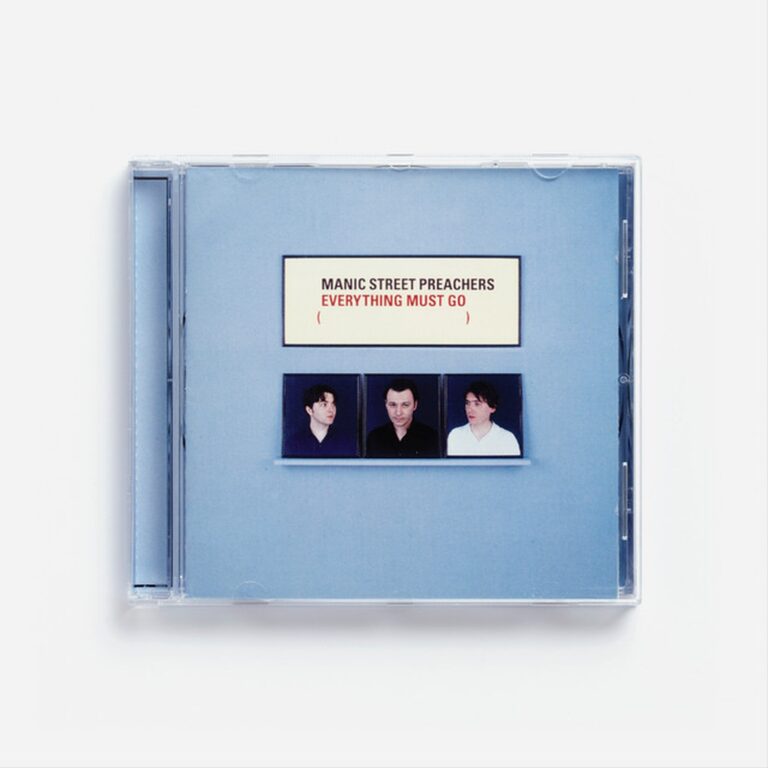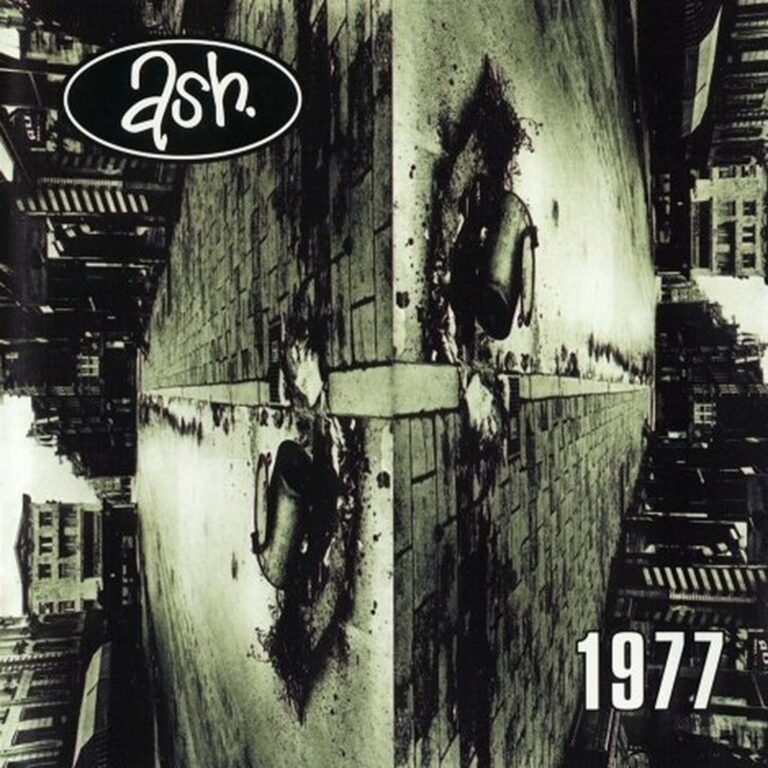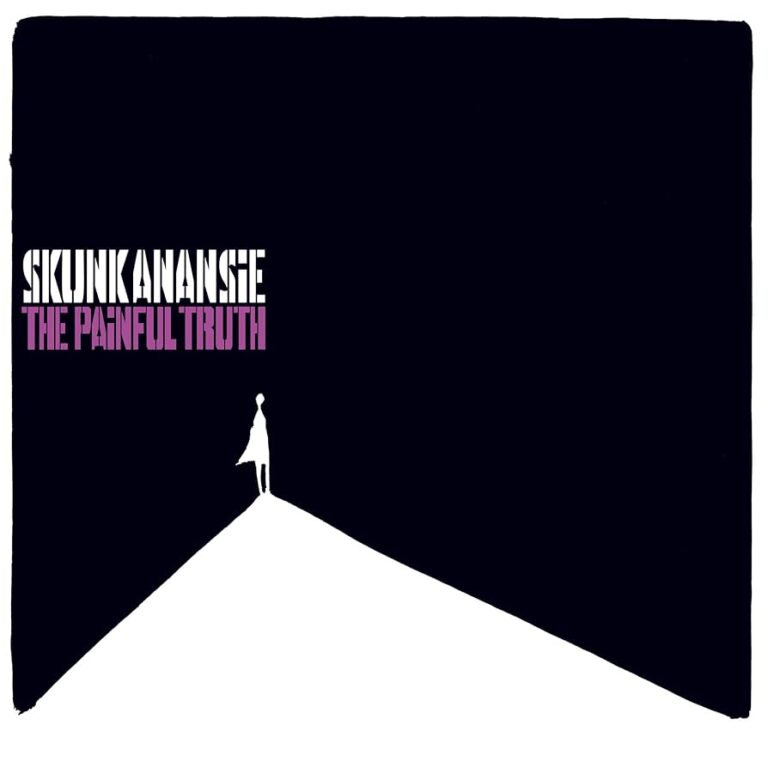
Introduction
Alice Cooper’s “Welcome To My Nightmare” stands as a seminal moment in rock history. Released on 28 February 1975, this album marked Cooper’s debut as a solo artist after parting ways with his original band. It is celebrated for its theatricality and narrative concept, encapsulating the nightmares of a character named Steven. This album not only defined Cooper’s solo career but also cemented his status as the godfather of shock rock.
In this article, we’ll delve into the creation of “Welcome To My Nightmare,” exploring its genesis, recording process, commercial performance, and legacy. We’ll also examine the themes and meanings behind its tracks and discuss its influence on both music and culture. By the end, you’ll understand why this album remains a cornerstone of rock music.
| Attribute | Details |
|---|---|
| Release Date | 28 February 1975 |
| Album Title | Welcome To My Nightmare |
| Genre | Hard Rock, Glam Rock |
| Total Runtime | 43:19 |
| Number of Tracks | 11 |
| Record Label | Atlantic (US/Canada), Anchor |
| Recording Studio | Soundstage (Toronto); Record Plant East, Electric Lady, A&R Studios (New York City) |
| Producer(s) | Bob Ezrin |
Alice Cooper himself described the album as “a journey through a child’s nightmares,” reflecting its conceptual depth. Moreover, the album’s theatrical elements were groundbreaking, setting a precedent for future rock performances. As Bob Ezrin, the producer, noted, “We wanted to create an album that was as much about the experience as it was about the music.”
The Genesis of “Welcome To My Nightmare”
The early 1970s was a period of transformation in the rock music scene. Bands were experimenting with new sounds and theatrical presentations. Alice Cooper, known for his dramatic stage shows, was at the forefront of this movement. Before “Welcome To My Nightmare,” Cooper had already established a reputation for pushing boundaries with albums like “Billion Dollar Babies.”
Cooper’s decision to embark on a solo career came after the breakup of the Alice Cooper band in 1974. He sought to create a more theatrical and conceptual album, which led to the development of “Welcome To My Nightmare.” The album was a collaborative effort, with Bob Ezrin as the producer and key contributions from musicians like Dick Wagner and Steve Hunter.
The album’s concept was influenced by the idea of creating a soundtrack for a film. Cooper and Ezrin crafted a storyline around the character Steven, whose nightmares unfold throughout the album. The cover art, designed by Drew Struzan, perfectly captured the album’s eerie and theatrical essence.
| Band Member | Instrument/Role |
|---|---|
| Alice Cooper | Lead Vocals |
| Dick Wagner | Electric and Acoustic Guitar, Vocals |
| Steve “Deacon” Hunter | Electric and Acoustic Guitar |
| Prakash John | Bass |
| Pentti “Whitey” Glan | Drums |
The album’s recording was financed by Atlantic Records, with a significant budget allocated to its production. Despite financial challenges, the investment paid off, resulting in a timeless piece of art. The title “Welcome To My Nightmare” aptly reflects the album’s haunting themes and captivating concept.
Recording Process
The recording sessions for “Welcome To My Nightmare” were as elaborate as the album itself. Taking place across multiple studios, including Soundstage in Toronto and Record Plant East in New York, the sessions spanned from 1974 to 1975. These studios were chosen for their state-of-the-art equipment and ability to capture the album’s intricate soundscapes.
Bob Ezrin, known for his meticulous production style, played a crucial role in the album’s creation. He brought together a team of skilled engineers and musicians, including Phil Ramone, who engineered “Only Women Bleed.” Ezrin’s experience with artists like Lou Reed and Pink Floyd was instrumental in shaping the album’s sound.
The studios likely featured high-end hardware such as Neumann microphones, SSL mixing desks, and Fairchild compressors, known for their warm, vintage sound. These tools, combined with innovative recording techniques, allowed the team to create the album’s rich, immersive soundscapes.
| Equipment | Details |
|---|---|
| Microphones | Neumann U87, Shure SM57 |
| Mixing Desk | SSL 4000 Series |
| Compressors | Fairchild 670 |
| Guitars | Gibson Les Paul, Fender Stratocaster |
The recording process was not without its challenges. For instance, capturing the theatrical elements of the album required innovative approaches, such as layering sound effects and experimenting with vocal techniques. These efforts paid off, resulting in a sonically diverse and engaging album.
Bob Ezrin’s production prowess is evident in his extensive discography. Below is a table of albums he produced, showcasing his influence on the rock genre.
| Producer | Artist | Album | Year |
|---|---|---|---|
| Bob Ezrin | Alice Cooper | Billion Dollar Babies | 1973 |
| Bob Ezrin | KISS | Destroyer | 1976 |
| Bob Ezrin | Pink Floyd | The Wall | 1979 |
Commercial Performance and Reception
Upon its release, “Welcome To My Nightmare” achieved significant commercial success. It peaked at number 23 on the US Billboard 200 and performed well internationally. The album’s unique concept and theatricality resonated with audiences, contributing to its enduring popularity.
The album sold 1.4 million copies worldwide, receiving platinum certification in the United States. Its success was bolstered by the release of singles such as “Only Women Bleed,” which reached number 12 on the Billboard Hot 100. The album’s impact was further solidified by its theatrical stage show, which became a hallmark of Cooper’s career.
Below is a table of Alice Cooper’s studio albums, showcasing “Welcome To My Nightmare” among his discography.
| Album Title | Year | Sales Data |
|---|---|---|
| Welcome To My Nightmare | 1975 | 1,400,000 |
| Trash | 1989 | 1,566,338 |
| Billion Dollar Babies | 1973 | 1,085,000 |
In 1975, the music scene was vibrant, with notable releases from other artists. For example, Physical Graffiti by Led Zeppelin and Wish You Were Here by Pink Floyd were released, showcasing the diversity and creativity of the era. “Welcome To My Nightmare” stood out for its innovation and theatricality.
The album received numerous accolades, including a Grammy nomination for Best Album Package. Its influence extended beyond music, inspiring future artists to incorporate theatrical elements into their performances. In 1975, other significant events in heavy music included the formation of bands like Iron Maiden and the release of High Voltage by AC/DC.
Track Analysis
“Welcome To My Nightmare” features several singles that contributed to its success. Notably, “Only Women Bleed” and “Department of Youth” were released as singles, each showcasing different facets of Cooper’s musical style. The singles’ performances on the charts reflected the album’s widespread appeal.
Below is a table detailing the tracks on the album, their lengths, and writing credits.
| Track Name | Length | Writing Credit |
|---|---|---|
| Welcome to My Nightmare* | 5:19 | Alice Cooper, Bob Ezrin |
| Devil’s Food | 3:38 | Alice Cooper, Bob Ezrin |
| The Black Widow | 3:37 | Alice Cooper, Bob Ezrin |
| Some Folks | 4:19 | Alice Cooper, Bob Ezrin |
| Only Women Bleed* | 5:49 | Alice Cooper, Dick Wagner |
| Department of Youth* | 3:18 | Alice Cooper, Bob Ezrin |
| Cold Ethyl | 2:51 | Alice Cooper, Bob Ezrin |
| Years Ago | 2:51 | Alice Cooper, Bob Ezrin |
| Steven | 5:52 | Alice Cooper, Bob Ezrin |
| The Awakening | 2:25 | Alice Cooper, Bob Ezrin |
| Escape | 3:20 | Alice Cooper, Mark Anthony |
Note: Tracks marked with * were released as singles. “Welcome to My Nightmare” and “Only Women Bleed” achieved notable chart success.
Song Meaning and Lyrics
The lyrics of “Welcome To My Nightmare” explore themes of fear, identity, and the subconscious. Singles like “Only Women Bleed” and “Department of Youth” highlight different aspects of these themes. “Only Women Bleed,” for instance, addresses domestic abuse, portraying the emotional turmoil experienced by women in such relationships.
The song’s poignant lyrics have been interpreted as a critique of societal norms and the male power structure. As Alice Cooper himself explained, the song is about “the way women suffer in silence.” Its success on the charts is a testament to its powerful message and enduring relevance.
“Department of Youth,” on the other hand, captures the rebellious spirit of youth. Its lyrics reflect a defiance against authority and a celebration of youthful freedom. This theme resonates with audiences, making it a staple in Cooper’s live performances.
For more detailed analysis of these songs, visit Song Meanings and Facts.
Touring and Promotion of Welcome To My Nightmare
The promotion of “Welcome To My Nightmare” was as theatrical as the album itself. Alice Cooper embarked on a groundbreaking tour, featuring elaborate stage sets and dramatic performances. The tour spanned 60 cities and was a major success, cementing Cooper’s reputation as a pioneer of rock theatrics.
The tour featured notable performances, including a show at Madison Square Garden in New York City. Cooper’s live shows incorporated elements from the album, bringing the nightmare to life on stage. This innovative approach to touring set a new standard for live rock performances.
In 1975, Cooper toured with acts like Suzi Quatro and the James Gang, further enhancing the tour’s appeal. The tour’s success was a testament to Cooper’s ability to captivate audiences with his unique blend of music and theatre.
Influences and Legacy
“Welcome To My Nightmare” was influenced by a variety of musical genres and artists. The album’s theatrical elements were inspired by Broadway shows, while its rock sound drew from the glam rock and hard rock movements of the time.
Below is a table showcasing the influences on the album and the artists it subsequently influenced.
| Influences on “Welcome To My Nightmare” | Artists Influenced by “Welcome To My Nightmare” |
|---|---|
| Broadway Musicals | Marilyn Manson |
| Glam Rock | Rob Zombie |
| Horror Films | Slipknot |
The album’s release in 1975 coincided with significant cultural and global events. For instance, the Vietnam War ended with the Fall of Saigon, and Jaws became a blockbuster hit, changing the landscape of cinema. In music, bands like Iron Maiden and Motörhead were formed, marking the emergence of new rock subgenres.
Five Things about Welcome To My Nightmare
Here are five intriguing facts about “Welcome To My Nightmare” that highlight its significance and impact.
| Fact | Details |
|---|---|
| First Solo Album | It was Alice Cooper’s first album as a solo artist. |
| Vincent Price’s Involvement | Horror icon Vincent Price provided narration for “Devil’s Food.” |
| Top Album Cover | The cover art was ranked among the “Top 100 Album Covers of All Time” by Rolling Stone. |
| Stage Show Innovation | The accompanying tour featured groundbreaking stage designs and theatrics. |
| Cultural Impact | The album influenced the development of theatrical rock performances. |
Media and Television Usage
Songs from “Welcome To My Nightmare” have been featured in various media, showcasing their enduring appeal.
| Song Title | Media | Year |
|---|---|---|
| Welcome to My Nightmare | Hellboy | 2019 |
| Welcome to My Nightmare | The Crowded Room | 2023 |
Critical Reviews and Retrospectives
“Welcome To My Nightmare” received mixed reviews upon release but has since been re-evaluated as a classic. Critics praised its theatricality and innovation, though some noted the absence of Cooper’s original band.
Below is a table of notable reviews and their scores.
| Publication | Review Score | Notable Quote | Source |
|---|---|---|---|
| Rolling Stone | Mixed | “A TV soundtrack that sounds like one.” | Rolling Stone Review |
| AllMusic | Positive | “Alice’s best solo effort.” | AllMusic Review |
After Welcome To My Nightmare
Following the release of “Welcome To My Nightmare,” Alice Cooper continued to evolve as an artist. His subsequent albums explored various themes and musical styles, further establishing his legacy in rock music. Cooper’s influence extended beyond music, impacting the broader cultural landscape.
As of 2024, Alice Cooper remains active in the music industry, with recent releases and ongoing tours. His ability to adapt and innovate has ensured his relevance in the ever-changing world of rock music.
Conclusion
“Welcome To My Nightmare” remains a landmark album in Alice Cooper’s discography. Its theatricality, innovative concept, and enduring themes have cemented its place in music history. The album’s influence can be seen in the work of countless artists who followed, making it a timeless piece of art.
For those interested in exploring more about Alice Cooper and his impact on rock music, we have several related articles and podcasts available.
- Alice Cooper – Trash (Blog Article)
- Alice Cooper Tag (Blog Tag)
- 1975 Tag (Blog Tag)
- Wikipedia page for “Welcome To My Nightmare”
- Official Alice Cooper website
Let us know in the comments what your thoughts are on Welcome To My Nightmare by Alice Cooper. Did we miss anything? Share your experiences and join the conversation!



